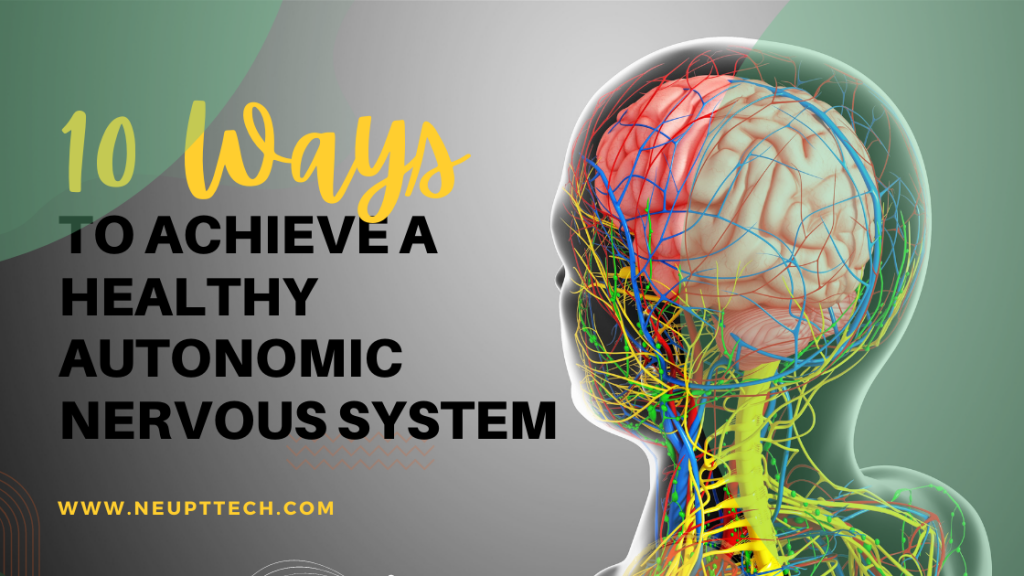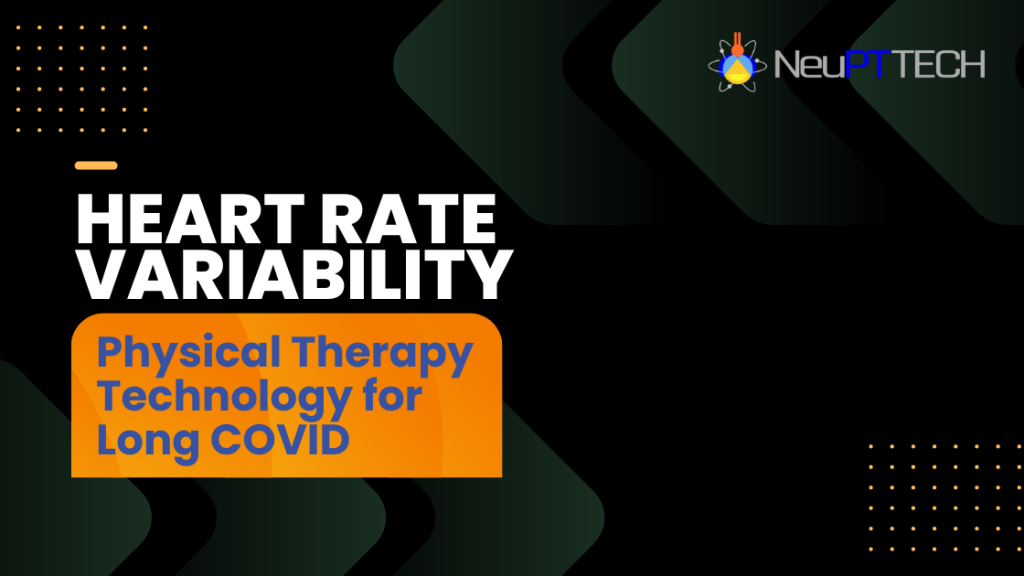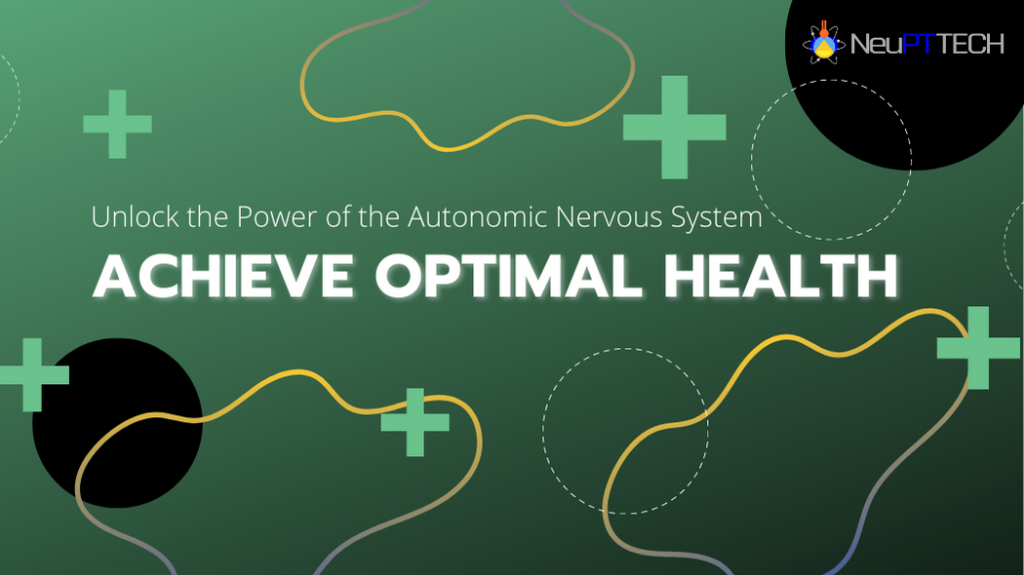
Unlock the Autonomic Nervous System: How PTs Help Patients Achieve Optimal Health
The autonomic nervous system (ANS) is responsible for regulating a wide range of bodily functions, including heart rate, digestion and respiration. As physical therapists, we play a critical role in helping patients affect their health and wellness by improving their ANS function with a variety of different techniques and interventions that help them reach their optimal health.
How the ANS Determines Optimal Health for Patients
Combat Underlying Medical Conditions
In the past, we’ve outlined 10 ways to improve their autonomic nervous system, but one of the most important things physical therapists can do to help patients is use their expertise to address any underlying medical conditions that may be contributing to ANS dysfunction, including hypertension, diabetes, sleep apnea and certain types of heart disease. If a patient is suffering from Long COVID symptoms, their ANS is likely in a sustained “fight or flight” mode and in desperate need of relief.
Reduce Ongoing Stress and Anxiety
With a nation under siege with stress and anxiety, physical therapists can target a patient’s ANS function and reduce the stressors that lead to increased heart rate, blood pressure and muscle tension. With traditional techniques like deep breathing exercises, progressive muscle relaxation, and yoga, PTs help patients balance their ANS and return to “rest and relax” mode.
Address Musculoskeletal Issues
Physical therapists also help patients manage their nervous system by addressing any musculoskeletal issues that contribute to ANS dysfunction. For example, if a patient has poor posture, it can lead to increased muscle tension and strain on the ANS. Physical therapists use technology, exercises and stretches to improve posture and reduce muscle tension.
Provide Therapeutic Exercise Programs
Therapeutic exercise can help to improve cardiovascular fitness, which can in turn help to improve ANS function. Physical therapists work with patients to design an exercise program tailored to their specific needs and fitness level, educating them on how to properly perform exercises with the proper form to avoid injury and maximize gains. PTs can also use manual therapy techniques such as massage to balance their nervous system and reduce muscle tension, improve circulation and promote relaxation.
Introduce a Healthier Lifestyle Approach
Lastly, it’s important to educate patients about the importance of good sleep hygiene, eating a healthy diet and maintaining a healthy weight. All of these factors can have a major impact on ANS function, and physical therapists can outline lifestyle changes for patients that will improve their ANS function.
This comprehensive approach helps PTs unlock patients’ ANS potential, leading to improved overall health and well-being. Now, let’s look at the state-of-the-art technology that plays a big role in balancing the nervous system.
Physical Therapy Technology for Autonomic Nervous Systems
As a physical therapist, there are a number of programs and technologies that can be used to help improve the function of the autonomic nervous system (ANS). Some examples include:
- Heart Rate Variability (HRV) monitoring: HRV therapy is a measure of the variability in time between heartbeats. It is an indicator of the balance of activity between the sympathetic and parasympathetic branches of the ANS. By measuring HRV, physical therapists can assess ANS function and monitor changes in response to interventions such as exercise or relaxation techniques.
- Biofeedback: Biofeedback is a technology that uses sensors to monitor physiological processes such as heart rate, blood pressure, and muscle tension. The data is then used to provide patients with feedback that can help them learn to control these processes. For example, by monitoring HRV, biofeedback can help patients learn to improve their balance between sympathetic and parasympathetic activity.
- Neuromuscular electrical stimulation (NMES): Best performed with the NEUBIE, this is a technique that uses electrical impulses to stimulate the muscles. It can be used to improve the function of the ANS by identifying the underlying dysfunction and stimulating the muscles that can lead to more strength and a quicker recovery. It can also help improve blood pressure and heart rate variability as well.
- Pulsed electro-magnetic field therapy: PEMF therapy is a type of treatment that uses electromagnetic fields to improve the body’s natural healing processes. The therapy involves exposing the body to electromagnetic fields at specific frequencies and intensities, which can stimulate cellular activity and promote healing in the affected area and balance within the ANS, ultimately alleviating pain, improving circulation and enhancing the healing of fractures and other injuries.
- Yoga, meditation, deep breathing exercise: These are non-technical programs that physical therapists can prescribe to patients to help improve ANS function by reducing stress and anxiety. Yoga, meditation, and deep breathing exercises can help patients learn to control their breathing, which in turn can help to improve ANS function.
As physical therapists, we must assess each individual patient’s needs and determine which programs and physical therapy technologies may be most appropriate for them. Additionally, it is important to keep in mind that these interventions should be part of a comprehensive treatment plan that includes addressing underlying medical conditions, addressing musculoskeletal issues, providing therapeutic exercise, using manual therapy techniques and educating patients about healthy lifestyle practices.
To learn more about the physical therapy technologies that advance positive patient outcomes, schedule an assessment call with NeuPTtech today!


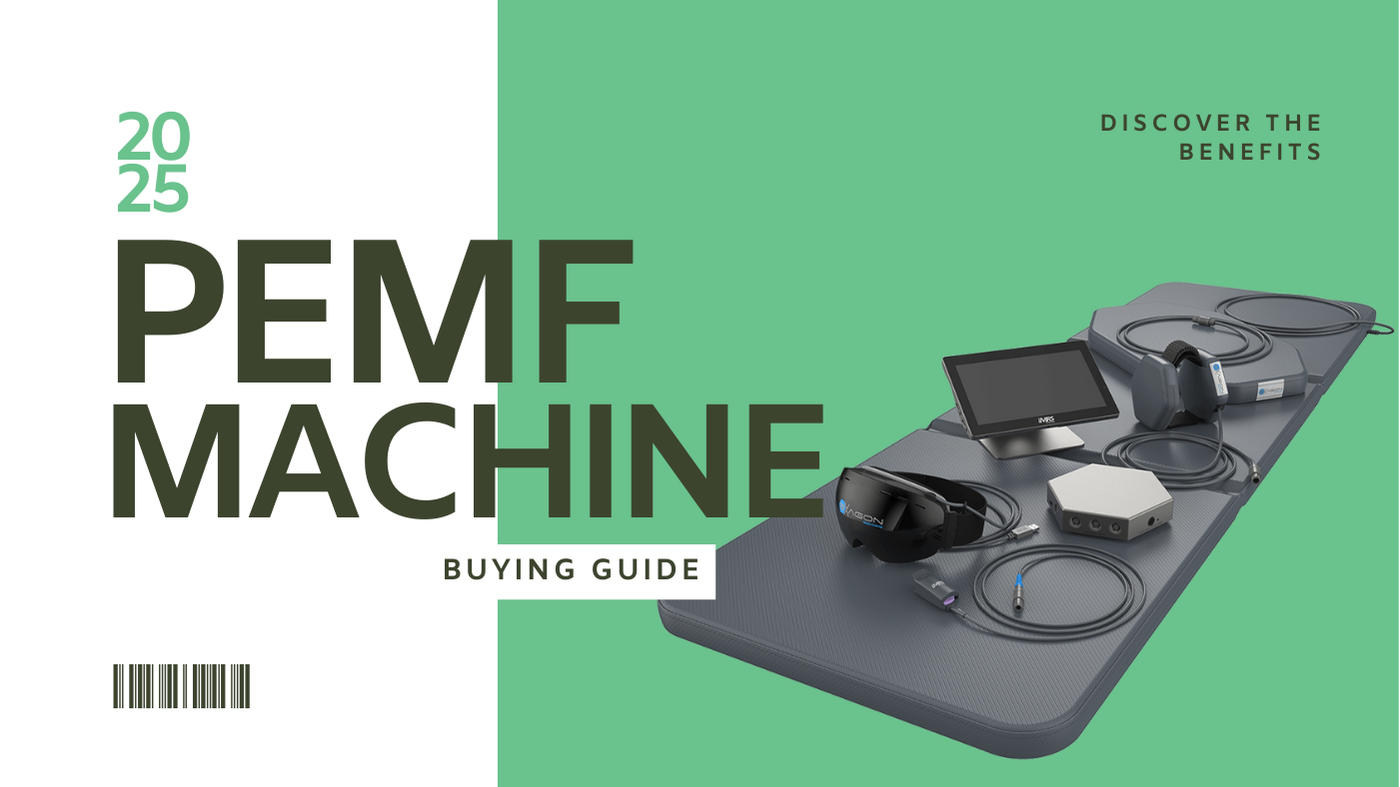 Previous Post
Previous Post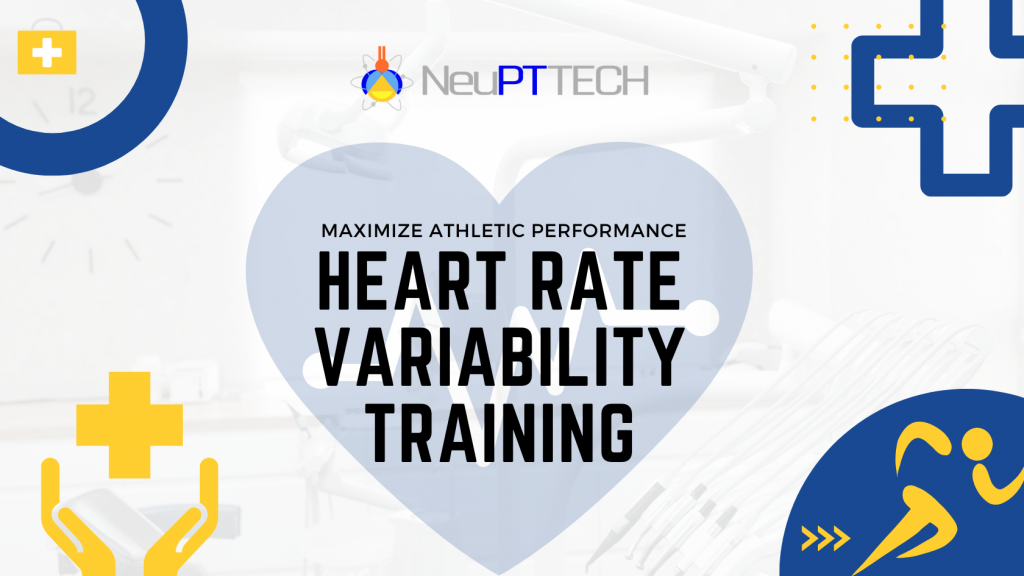 Next Post
Next Post
